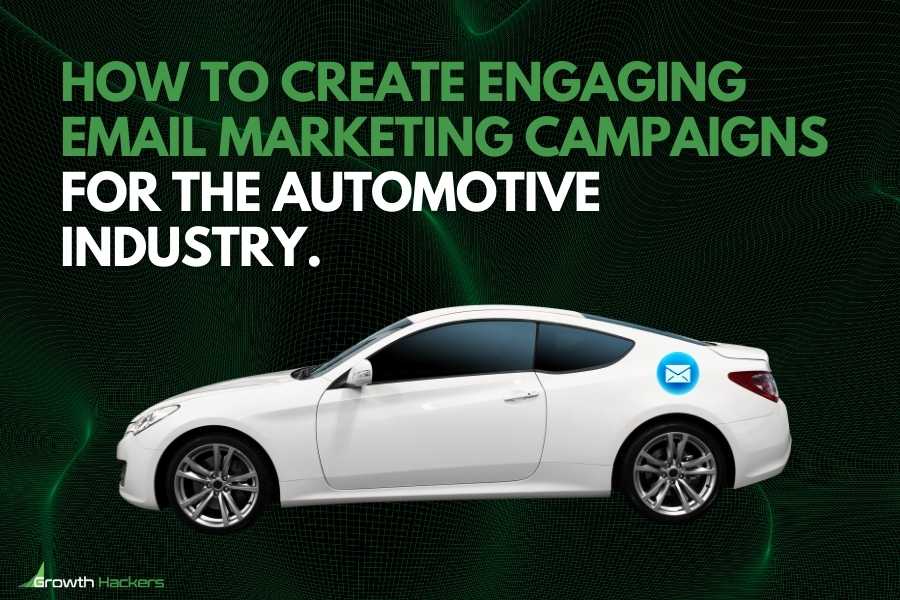As we know, advertising is everywhere now, we come across it literally all the time since we just opened our eyes in the morning and picked up the phone. It’s on social media, on recipe sites, between the videos we watch or inside the videos themselves. Today’s consumers are constantly exposed to online advertising, and this oversaturation makes it more difficult for marketers to attract and retain audience attention. We are literally surrounded by it, but this is still normal and even more – it is useful, however, if it should be high quality and well personalized.
Tailoring advertising to individual preferences makes it more relevant and interesting for viewers. But it is also important that in addition to their interest and attracting attention, personalized advertising will also be really useful to them. This post will examine ad personalization’s benefits, techniques, and ethical issues, highlighting how it can alter digital marketing operations.
Exploring the Dynamics of Ad Personalization
Ad personalization has developed as a powerful tool in digital advertising, transforming how organizations interact with their target audiences. Advertisement individualization maximizes engagement and conversion rates by adapting ad content to meet preferences, behaviors, and customer demographics. That is, modern algorithms can literally take into account everything: starting from what time you get up, what time you usually start watching your feed on the Internet and what you watch first, how old are you, what is your age, where do you live and where do you work. In some cases, even what you are talking about near the phone plays a role, because it has long been proven that this also affects the issuance of personalized advertising. It directly depends on what permissions you grant to the applications that you download to your phone or laptop. Do you allow them to use microphone, location, and other data?
Ad customization involves adapting ads to each consumer’s particular needs and interests. It could range from advertising products relevant to a user’s recent search history to including their name in the ad copy. The goal is to provide the viewer with a more personalized and relevant experience, leading to increased engagement and sales. This way you can see the ads that really relate directly to you and your line of business. For example, if you are interested in buying a face cream, then having a large amount of data, the algorithms will show you ads for creams that can really attract your attention and you may really like. Important criteria are such as a cream of a certain price category, which is sold in your city or delivered to it, which suits your age. It’s convenient when the recommendations have already taken this into account for you!

Unlocking the Power of Ad Personalization
Improved Relevance
As we have already noted above, one advantage of personalized advertising is the potential to make advertisements more relevant to each viewer and the potential to hyper-target your ideal market. Advertisers can use data analytics and machine learning algorithms to identify their target audience’s interests and preferences and personalize their ad material accordingly.
Higher Conversion Rates
Advertisements are more likely to catch attention and motivate action when designed to speak to the viewer personally. Studies have shown personalized ads can lead to significantly higher conversion rates than generic, one-size-fits-all advertisements. The situation is similar to personalized pop up message on the landing page: once it is targeted to specific TA, the brand can capture over 3,000 leads if its site attracts 10,000 people monthly. And this is very logical, because you are much more likely to interact with the content that you are already interested in instead with the one that has nothing to do with your current needs or interests. While advertising that has taken everything into account in advance has no chance of having a small conversion.
Ready to start harnessing personalization for enhanced ad campaigns?
Contact Growth Hackers
Enhanced Customer Experience
Ad modification contributes to a more positive overall customer experience by delivering relevant content that adds value to the viewer’s online journey. Companies may establish stronger ties and loyalty by giving individualized recommendations and incentives to their customers. Why is this important? Because advertising becomes part of interesting and sometimes even entertaining content for us, instead of being harsh, annoying and distracting. When an advertisement is relevant to the viewer, it is easier to present it creatively and beautifully. This means that you will not only be interested in watching it, but you will even be interested in continuing to delve into the subject of advertising immediately after watching it.
Improved Brand Perception
Ad personalization enables marketers to demonstrate their awareness of their target audience’s wants and preferences, resulting in a positive brand perception. When customers feel understood and catered to, they are more likely to perceive the company positively, which can lead to long-term brand loyalty and advocacy. This is how brands can broadcast their concern for customers, their story and message.
Optimized Ad Spend
Personalizing commercials allows advertisers to better manage their resources by targeting people who are more likely to convert. Ad adaptation maximizes advertising campaign ROI by focusing on high-potential leads and eliminating wasted impressions on irrelevant populations. This way, ads will be shown only to those who will actually click on it and study the subject of advertising, whether it is a product, website or service, while ads without personalization will not gain the right number of clicks relative to views and the budgets spent on advertising will exceed the potential benefit from it.
Strategies for Implementing Ad Personalization
- Data collection and analysis. The foundation of effective ad personalization lies in collecting and analyzing customer data. It includes demographic information, browsing history, purchase behavior, and engagement metrics. By acquiring this information, marketers can better understand their target audience and customize their campaigns accordingly.
- Segmentation. Once the data is collected, advertisers can segment their audience into smaller, more targeted groups based on shared characteristics or behaviors. It offers more exact ad customization by adapting messaging to resonate with certain audience segments. This includes both more standard characteristics such as gender, age, region of residence, and more specific ones, such as taking into account their personal preferences and early requests.
- Dynamic content optimization. This strategy involves creating ads that can adapt in real time based on the viewer’s preferences and behavior. Dynamic content could include dynamically changing product recommendations, pricing information, or calls to action based on factors such as location, time of day, or browsing history. And also on what you were looking for or are looking for right now at this moment.
- Predictive analytics. Companies can forecast future consumer behavior using advanced analytics approaches such as predictive modeling and machine learning algorithms. What you want is to analyze your performance metrics to ensure business success. It enables proactive ad customization, which involves adapting ads to current preferences as well as projected future requirements and activities.
- A/B testing. A/B testing compares the performance of various ad variations to find which one connects most with the audience. A/B testing allows businesses to experiment with different parts of their ads, such as messaging, images, or calls to action, to find the optimal combinations for individualized campaigns. Creative testing is much more important than what it seems, because it can be the decisive call for your interaction with advertising, which will subsequently affect conversion.
- Cross-channel integration. Integrating data from multiple channels, such as social media, email marketing, and website interactions, provides a more comprehensive view of the consumer journey. By analyzing cross-channel data, advertisers can gain insights into how consumers engage with their brand across different touchpoints and tailor their ad personalization strategies accordingly.
- Predictive personalization goes beyond reactive responses to user activity. It uses algorithms to anticipate user needs and preferences before they are communicated. Marketers can provide personalized information and recommendations by analyzing past data and patterns, improving user experience, and generating engagement.
Don’t settle for generic ads—harness the power of personalization now!
Work with Growth Hackers
Ethical Considerations and Best Practices
- Transparency and consent. When deploying ad personalization methods, advertisers must prioritize openness while still respecting users’ privacy rights. It involves clarifying how data will be used and receiving users’ explicit consent before collecting any personal information.
- Avoiding excessive customization. While ad individualization can be highly successful, there is a narrow line between relevancy and intrusion. Companies must be careful not to over-personalize ads to the point that they appear invasive or scary, which can have the opposite effect on customers.
- Continuous optimization. Ad customization is a continuous process that requires constant monitoring and optimization. Marketers should routinely examine performance indicators, solicit user input, and iterate on their methods to ensure their ad campaigns remain profitable and relevant.
Closing Thoughts on the Power of Ad Personalization for your Advertising Campaigns
Ad individualization has become an essential component of successful ad campaigns. Moreover, it has become an integral part of the life of each of us. By combining data-driven insights and advanced targeting techniques, advertisers can develop more relevant, engaging, and effective advertising that connects with their target audience on a personal level. This improves not only advertising performance, but also consumer emotions from the experience of interacting with advertising integration. To provide value to consumers and brands, ad personalization must be approached ethically and responsibly, focusing on openness, permission, and continual optimization. After all, not only conversion is important, but also the actual interest of the consumer in the product or service, as well as his interest in the process of viewing the advertisement itself.
Growth Hackers is an award-winning Google AdWords management company helping businesses from all over the world grow. There is no fluff with Growth Hackers. We help entrepreneurs and business owners harness the power of personalization for enhanced ad campaigns, increase their productivity, generate qualified leads, optimize their conversion rate, gather and analyze data analytics, acquire and retain users and increase sales. We go further than brand awareness and exposure. We make sure that the strategies we implement move the needle so your business grow, strive and succeed. If you too want your business to reach new heights, contact Growth Hackers today so we can discuss about your brand and create a custom growth plan for you. You’re just one click away to skyrocket your business.






